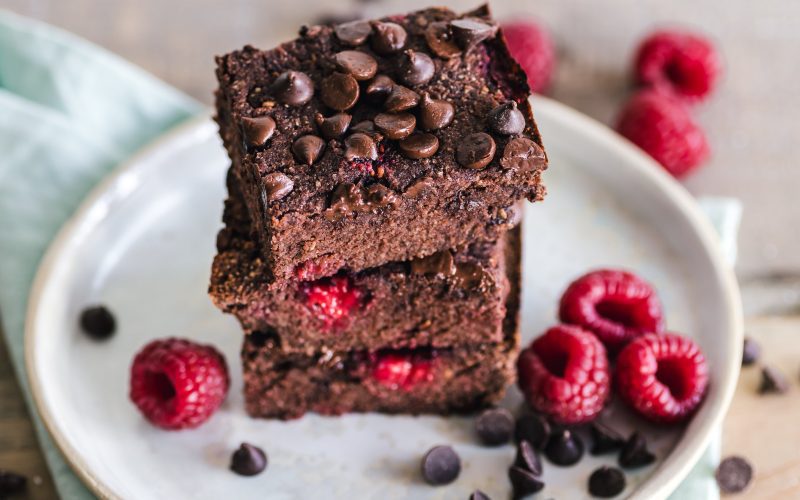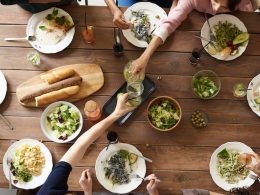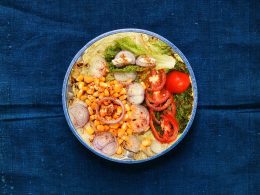Introduction:
Welcome, fellow chocolate enthusiasts, to a delectable journey that promises to deepen your appreciation of cocoa’s flavors. your guide through this tantalizing exploration. With years of experience as a chocolate writer, met artisans, and tasted countless chocolates to unearth the secrets Get ready to enhance your chocolate adventures with my expert insights. Cocoa, the foundation of all thing’s chocolate, is a captivating ingredient with a rich history. It starts as cacao beans, which are meticulously processed to create the delightful treat we know today., we’ll briefly explore the origins of cocoa and how it transforms into the chocolate we adore. Cocoa has been a cherished ingredient for centuries. Indigenous civilizations in the Americas, such as the Mayans and Aztecs, revered it as a divine elixir.
However, cocoa’s journey to becoming the beloved treat we recognize today was an intricate one. Cacao beans are the heart and soul of chocolate. They are the seeds of the cacao tree, scientifically known as Theobroma cacao, which means “food of the gods.” The beans are found inside large cacao pods, which are harvested from the cacao tree. Once these beans are harvested, they undergo a meticulous process. The beans are extracted from the pods, fermented, dried, and roasted to bring out the flavors we associate with chocolate. The transformation from bitter cacao bean to the smooth, rich chocolate bar is an incredible journey.
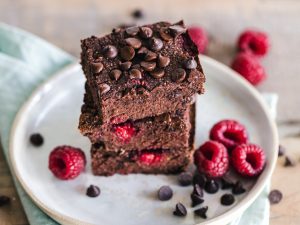
Flavor Development
Roasting plays a pivotal role in unlocking the full potential of cocoa’s flavors. Discover the art of roasting and how different techniques can yield diverse flavor profiles. Megan’s insights on mastering this process will elevate your chocolate-making skills. Roasting is a critical step in the chocolate-making process, and it’s where the magic truly begins. The art of roasting cocoa beans is all about carefully applying heat to develop the flavors and aromas hidden within. It’s a delicate balance between time, temperature, and technique.
Temperature: Roasting temperatures can vary from 250°F (121°C) to 300°F (149°C). Higher temperatures tend to produce more intense, roasted notes, while lower temperatures preserve the subtler flavors of the beans.
Time: Roasting time also plays a crucial role. A shorter roast retains more of the bean’s original flavors, while a longer roast darkens the beans and intensifies the chocolatey notes.
Technique: Different chocolate makers have their unique roasting methods, which can include convection ovens, drum roasters, or even open flames. Each technique imparts distinct characteristics to the beans.
Blend Different Beans: Mix beans of different varieties to create a blend that balances their unique characteristics. For example, a blend of Criollo and Trinitarian can offer a harmonious combination of flavors.
Add Inclusions: Inclusions are ingredients like nuts, dried fruits, or spices that can complement the cocoa’s natural flavors. Adding a touch of sea salt or a sprinkle of roasted hazelnuts can elevate your chocolate to new heights.
Explore Flavor Pairings: Pair your chocolate with ingredients that enhance its character. For example, a bar made from Ecuadorian Arriba beans can be beautifully paired with a glass of Merlot to create a flavor symphony.
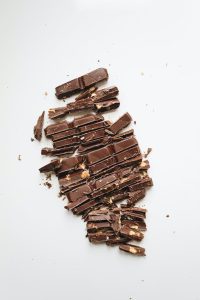
Pairing Cocoa
Dive into the world of chocolate pairing. From wine to coffee and even craft beer, we’ll explore how to complement cocoa’s depth with the perfect beverage. Megan’s suggestions will have your taste buds dancing. Pairing chocolate with the right beverage can be a transformative experience, enhancing the flavors of both the chocolate and the drink. Here are some beverage options that pair wonderfully with various types of chocolate:
Wine: Red wine, particularly Merlot or Cabernet Sauvignon, can be a delightful pairing with dark chocolate, enhancing its rich, fruity notes. White wine and white chocolate also make for a harmonious match.
Coffee: The complex flavors of coffee can complement the deep, roasted notes of chocolate. Experiment with different coffee blends and brewing methods to find your favorite combination.
Tea: Herbal teas like Earl Grey or fruit-infused teas can provide a lovely contrast to the bitterness of dark chocolate, creating a refreshing palate experience.
Craft Beer: Craft beer, especially stouts and porters, often features flavors that harmonize with chocolate. The roasted maltiness can be a perfect partner for dark chocolate.
Whiskey: For those who enjoy a stronger pairing, a good whiskey, especially one with caramel or smoky notes, can accentuate the complexity of chocolate.
Table:
| Cocoa Variety | Flavor Notes | Ideal Pairings |
|---|---|---|
| Venezuelan Criollo | Nutty, Floral, Fruity | Raspberry, Champagne |
| Ecuadorian Arriba | Floral, Earthy, Fruity | Earl Grey Tea, Merlot |
| Ghanaian Forastero | Robust, Earthy, Fudgy | Coffee, Bourbon |
| Peruvian Nacional | Fruity, Citrus, Caramel | Green Tea, Port Wine |
Conclusion:
As we conclude this flavorful journey, armed with insights from an expert like Megan Giller, you’ll be ready to take your cocoa exploration to new heights. So, grab your favorite chocolate bar, a notepad, and let’s embark on this delectable adventure together. Dive deep into the world of cocoa and experience the magic of enhancing its depth with a simple, flavorful twist. Your taste buds will thank you! In the realm of cocoa, there’s always more to explore, and Megan Giller’s expert guidance is your passport to a richer, more nuanced chocolate experience. Whether you’re a seasoned chocolatier or an aspiring enthusiast, there’s always something new to learn and savor. As you continue your journey, remember that the magic of chocolate lies in its infinite possibilities, waiting for you to unlock and savor. Happy chocolate adventures






